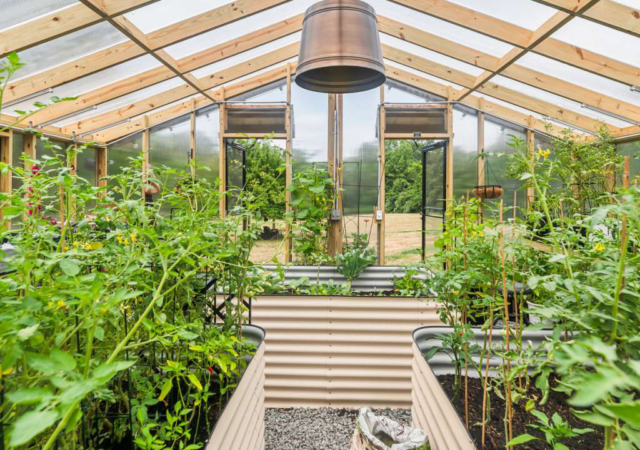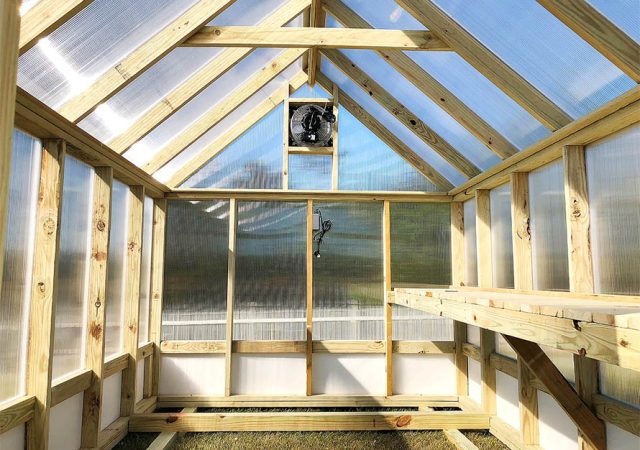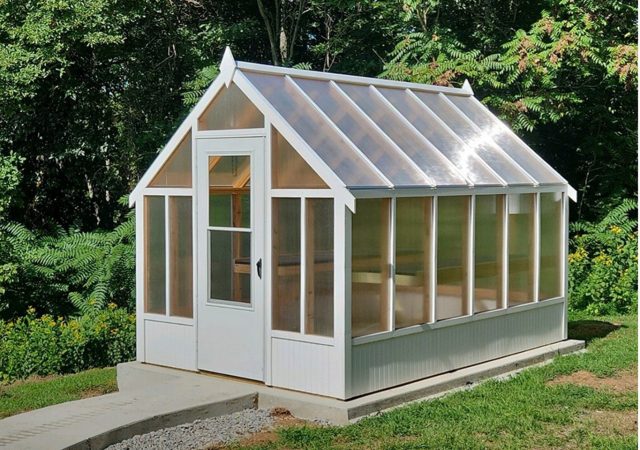LOT BLOWOUT SALE!!! 10% off the LOWEST marked price on all 1 story In-Stock structures
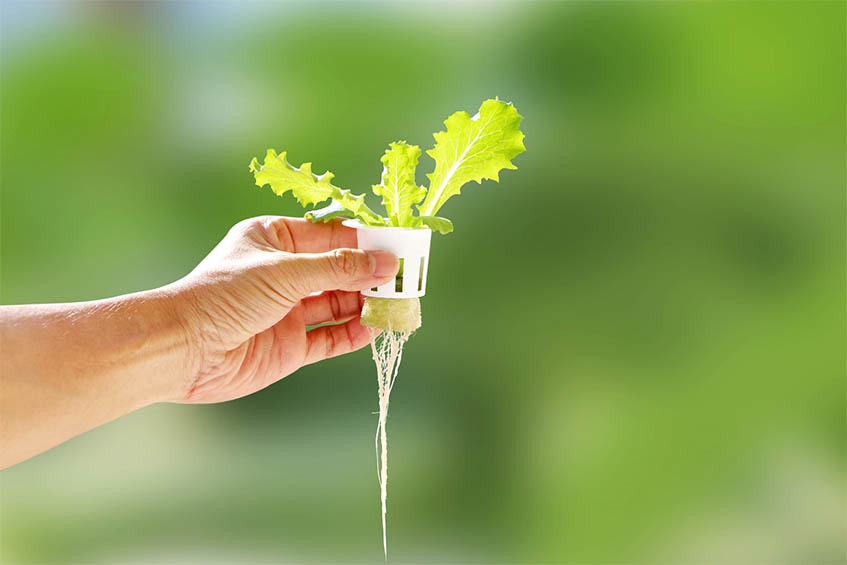
Is a Greenhouse a Good Environment for Hydroponics?
A greenhouse may be the perfect place for you to grow your hydroponic garden. There are lots of ways to get started with greenhouse hydroponics, many of which are easy and affordable to build and maintain. Read on for tips about hydroponic gardening in a greenhouse. We’ll also help you decide what kind of hydroponic system is best for whatever you’re trying to grow.

Greenhouses have a couple of excellent advantages for hydroponics. In fact, many hydroponic systems are set up in greenhouses.
Here’s why you might want to set up hydroponics in a greenhouse:
- Protection From the Elements: Crops can be grown hydroponically in cold climates with the help of a greenhouse. Greenhouses protect delicate leaves and flowers from the rain and wind, which is why greenhouses are often used even in mild climates.
- Good Temperature Control: Plants grown hydroponically don’t have the insulation of the soil around them to protect them from temperature fluctuations. This is especially problematic for plants grown in columns. The temperature control in a greenhouse is much more consistent.
- Protection from Animals: Hydroponic systems are often delicate and attractive to all sorts of animals. Not only are you at risk of losing your crop, but a hungry raccoon or opossum searching for food could easily collapse an entire system. Insects are also blocked from access to crops by greenhouse walls.
Considerations for Growing Plants with Hydroponics in a Greenhouse
Hydroponics has been around for as long as people have been cultivating plants. However, it’s very unlike other ways of growing plants. It has unique challenges. Growing plants in a greenhouse is similarly unique, with unexpected advantages and challenges.
Doing both together take some research and experimentation, especially if you’ve never done either. That said, once you’re accustomed to hydroponic greenhouse gardening, you may argue it’s much easier and more effective than growing plants in the ground in the open air.
Here are some considerations to keep in mind for hydroponic greenhouses.
Air Circulation
You have a lot of control over the air circulation in a greenhouse, but it’s essential that you monitor air circulation carefully. Poor air circulation or air movement that isn’t well balanced, leaving “dry” and “wet” areas can have serious consequences for your plants.
Humidity that is too low can stress plants, which is harder to treat than the molds or fungus that can develop from too much humidity, so err on the side of more humidity and less air circulation in a hydroponic greenhouse, but watch carefully for signs of too much humidity and adjust as needed.
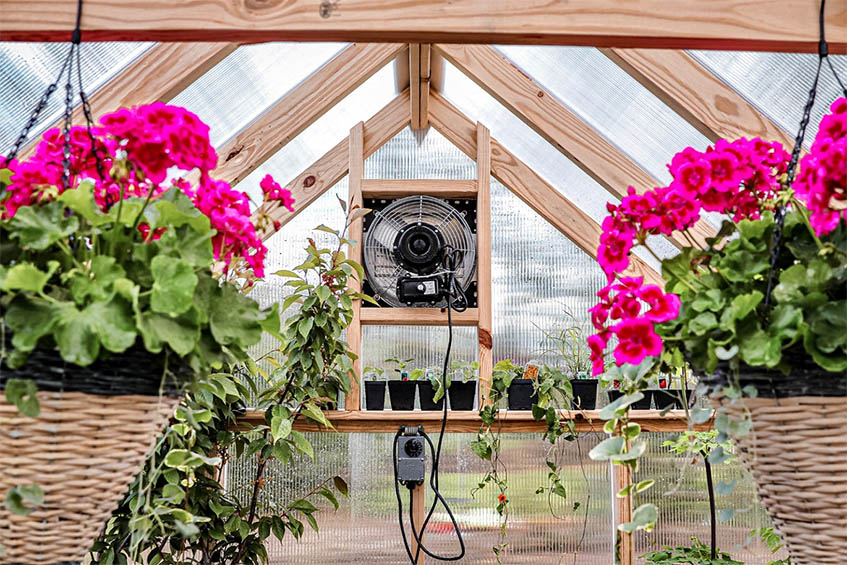
Humidity
Depending on what kind of hydroponic setup you have, you may see a lot of variation in the humidity produced by the system. Hydroponic systems don’t need to be sprayed or misted like plants grown in soil.
On the other hand, hydroponic systems introduce a lot of water into the environment, both in whatever way you’re delivering water to the roots and in the water that is excreted through the leaves. Utilize fans or dehumidifiers as necessary to reduce humidity.
You may find it necessary to take steps to increase the humidity if it’s too low, such as misting the greenhouse even if plants don’t require additional water.
Water
How water gets to plants depends on which kind of hydroponic system you choose. For the most part, you’ll manage water quality in a greenhouse similarly to how you would do so with a hydroponic system not in a greenhouse.
One difference is that in the closed space of a greenhouse, unwanted humidity is a constant concern. If you’re using a hydroponic system that produces waste water, ensure that it doesn’t sit and evaporate in the greenhouse. It’s best to choose a system like those on this list, which recapture their water.
Nutrients
By its nature, hydroponics means that you’ve removed the source of a plant’s food; the soil. In a greenhouse, as in any hydroponic system, putting the right nutrients into the water so that plants can utilize them is extremely important to a good crop yield. For the most part, you’ll deliver nutrients to your plants through a hydroponic greenhouse system in the same way you would do any hydroponic system.
Using Fish
One unique feature of greenhouse hydroponics is that utilizing fish for nutrients is a more realistic consideration. If hydroponic systems aren’t enclosed fish are a target for predators.
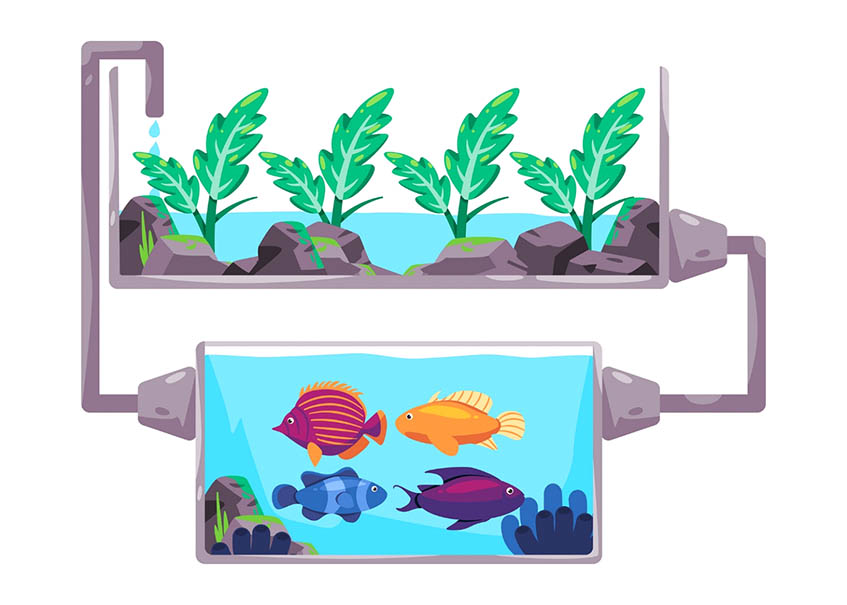
Furthermore, some of the fish that are best for hydroponics, such as tilapia, need warmer temperatures. Some commercial greenhouses, such as Dayton Valley Aquaponics, are utilizing tilapia as a source of nutrients for plants. In turn, the plants filter the water before it’s returned to the tanks.
There’s no reason why the same sort of system couldn’t work in a backyard greenhouse. Any of the greenhouse designs that requires a reservoir could be utilized for fish. The exception may be deep water culture, since fish can eat the roots that are grown in the reservoir.
Space Conservation
One downside of using a greenhouse for hydroponics is that you are limited in space. It’s hard to use vertical space in a greenhouse for hydroponics without some creativity. Vining plants like tomatoes, or plants that can be grown in columns, like strawberries or lettuce, are great options.
There are techniques for growing just about any kind of plant that grows hydroponically while using space well. We’ll look into how to use space effectively depending on what kind of hydroponic technique you’re considering.
Types Of Hydroponics That Work Well in a Greenhouse
There are all kinds of different hydroponics, but some are better suited to a home greenhouse hydroponic setup than others. Here are some of the systems that may be worth consideration
Deep Water Culture
This is a simple form of hydroponics in which a plant’s roots are suspended in nutrient-rich water. Oxygen is pumped into the water, usually with the aid of an airstone. This is a good system for simple, small plants like lettuce or herbs.
This is an easy system to set up in a greenhouse, but it’s not very space conservative. Tubs of water can’t be raised up, and this system doesn’t work well with heavy plants or those that vine. You may find this a useful technique to use on the floor under or around other systems.
Nutrient Film Technique
If you’d like to grow greens like lettuce or kale, small, delicate flowers, or herbs, this is a great option for you. It’s also one of the best possible uses of greenhouse space of any hydroponic technique.
Plants grow in a growing medium in mesh pots which are set into tall cylinders. Water and nutrients are pumped from a reservoir up through the column and run down over the roots continuously.
This is a great technique because plants are constantly receiving nutrients. It’s simple to ensure that each plant gets adequate light because you can arrange them according to their light needs.
The primary downside of this technique is its setup expense. If you want the columns to have much height, a powerful pump will be required, which also requires significant energy to run.
Flood and Drain
Flood and drain is a good growing solution for a variety of plants. Lettuce, cucumbers, and tomatoes all do well with the system. In a flood and drain system, plants are grown in a substrate which is periodically flooded with nutrient-rich water.
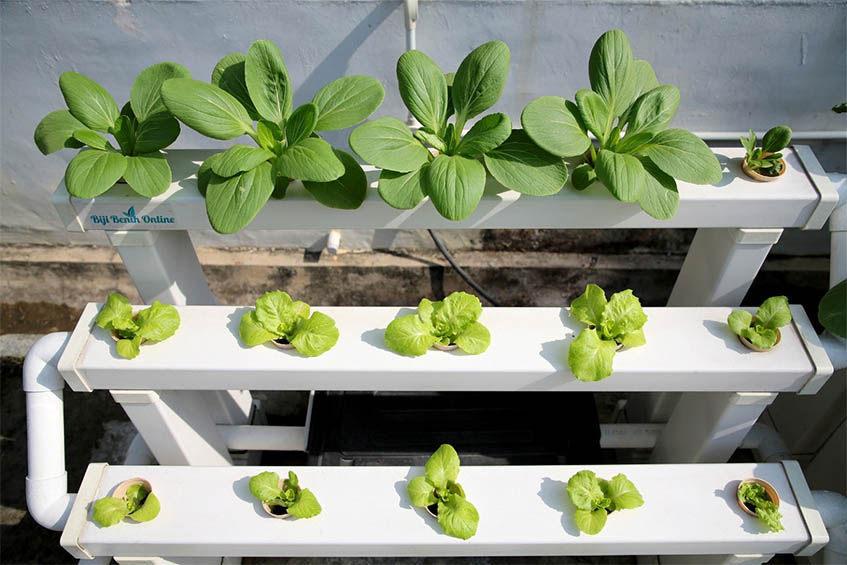
Once enough time has passed for the roots to absorb the water, it drains back into the reservoir. Flood and drain makes good use of space. Vining plants can be staked up from a tray or trays can be stacked for smaller plants. Trays don’t have to be deep, so they don’t get too heavy for well-built greenhouse shelves.
Wicking
This simple form of hydroponics relies on a reservoir under the plants, like deep water culture, but instead of putting the roots directly into the water, a wick goes from the reservoir up to the roots of the plant. This is one of the few forms of hydroponics that doesn’t rely on electricity at all.
Because the reservoirs can be fairly shallow, this system works well on standard greenhouse shelves. However, plants may struggle to get sufficient water from the reservoir to their roots, especially if the reservoir becomes low. The reservoir will need to be refilled regularly.
This system works well for plants and standard pots, so it’s a good choice if do you want to grow specimen plants.
Drip
Drip systems can be tricky to set up, but if you’re interested in a little more infrastructure building in your hydroponic greenhouse, it may be the design for you. Drip systems consist of a reservoir with a pump or multiple pumps that soak the substrate of individual pots at scheduled times.
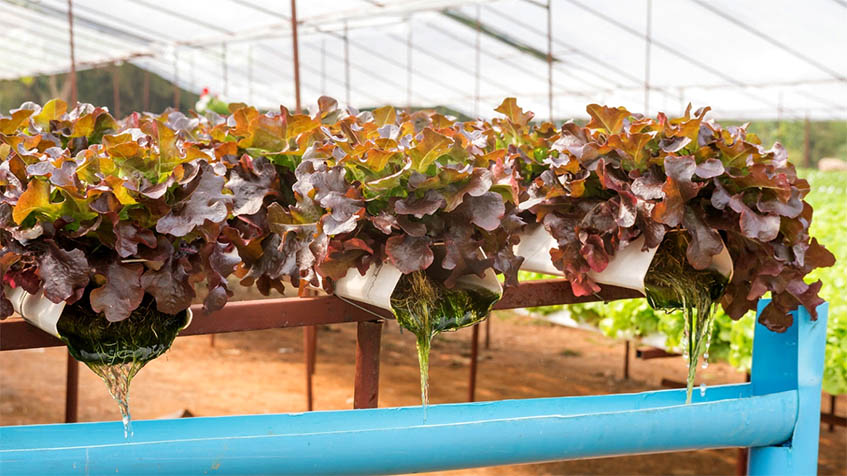
Water is then collected as it drains from the pots into the reservoir. Because the tubes can be run in various ways, vertically and horizontally, you can set up pots in all kinds of configurations to make the best use of space in your greenhouse.
Running separate pumps on separate timers allows you to adjust water needs for individual species. It may take a little bit of extra effort to set up a drip system, but greenhouses made with sturdy wooden studs and roof rafters make it easy to put in the hooks and attachments needed to create your drip system.
Make the Most of Your Backyard Greenhouse with Hydroponics
Hydroponics can be a great way to grow all kinds of things in your greenhouse, whether you’re interested in specimen plants and tropicals or trying to grow crops to put food on the table. Many of the most common techniques for hydroponics are excellent techniques for the greenhouse too. Which works best for you depends on what you’re trying to grow and how much you want to invest in building your hydroponic system.

